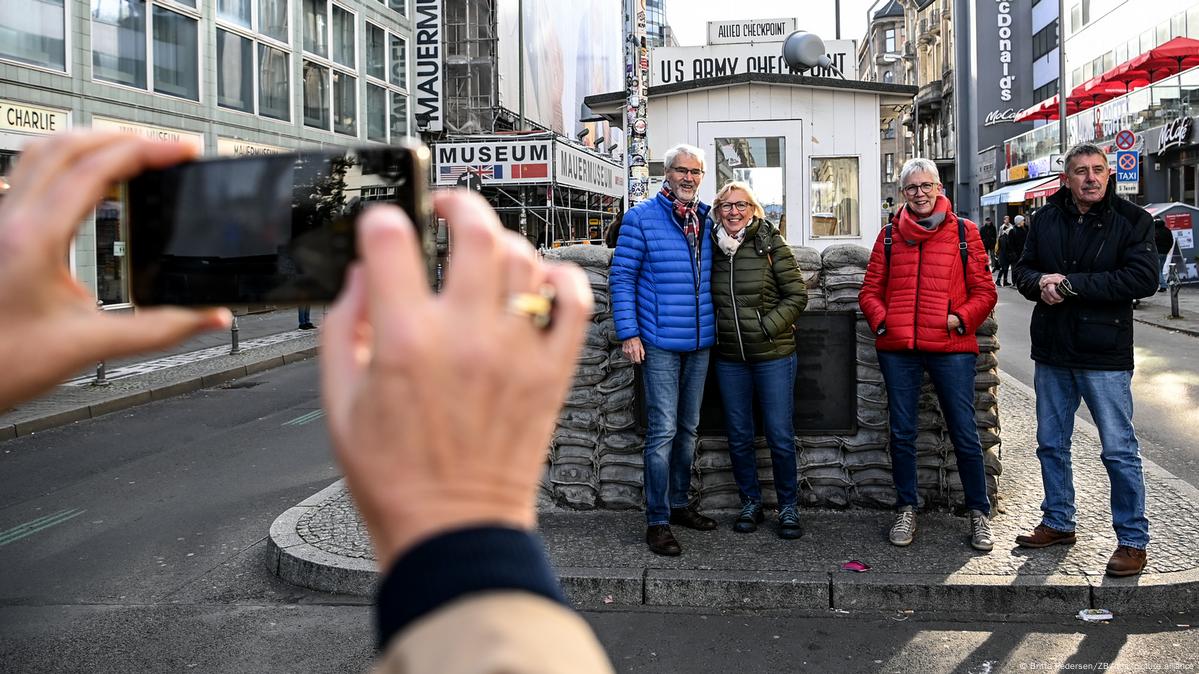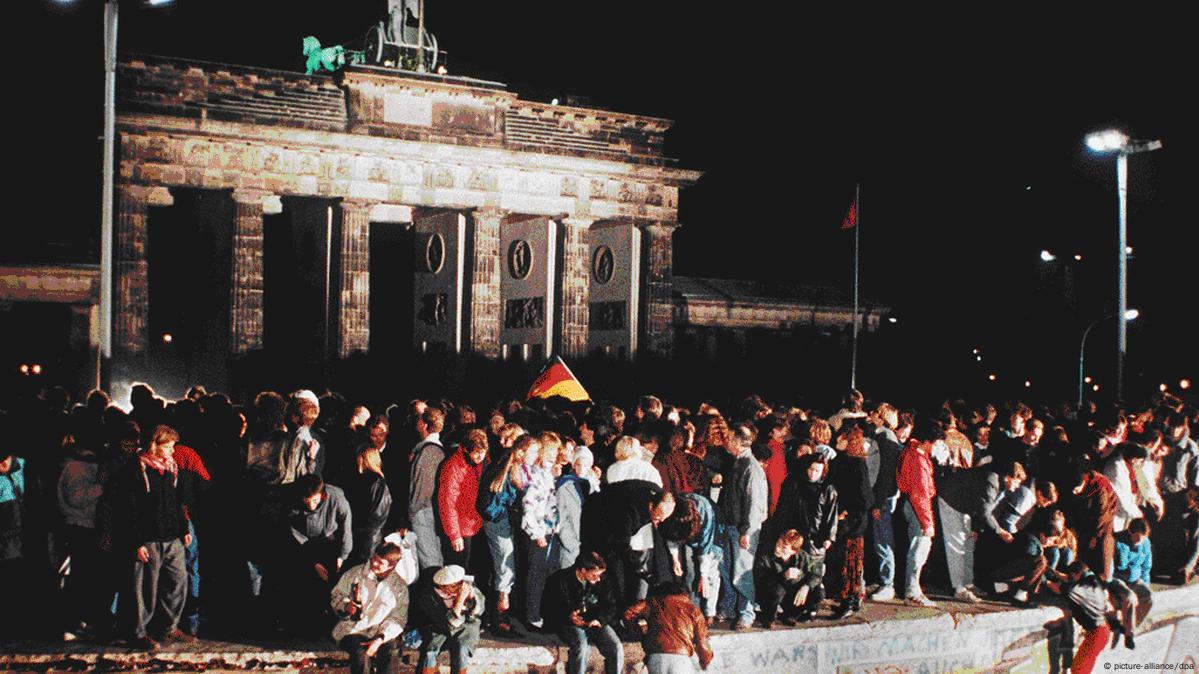Richard Connor
DW
Most Germans believe those living in parts of the country once separated by the Iron Curtain have little in common.
The East Side Gallery — a part of the Berlin Wall that remains to this day
Image: Winfried Rothermel/picture alliance
The East Side Gallery on the River Spree in Friedrichshain is a 1.3-kilometer-long section of the so-called Hinterland Wall, which artists from all over the world painted in 1990. It was located in front of the death strip and a second wall. The area near the Oberbaumbrücke is a tourist attraction, but several wall elements have already been removed in the course of construction projects.Image: DW/V. Esipov
Six in ten Germans believe the differences between people in the former East and West Germany are greater than what unites them, according to a survey published on Tuesday.
The findings appear to show that, in contrast to the German government's own assessment, the two sides of the country are growing apart.
How the numbers look
Only 37% of people said they believed people in the East and West had now largely grown together as one nation, while 60% saw more division than unity.
The figures show a marked difference with a previous study in 2019, when some 51% saw the country growing together compared with 45% convinced there was more division.
Skepticism was higher in the latest survey among older Germans and those in the former East where, 34 years after the fall of the Berlin Wall, 75% were most aware of the divide.
Differences were foremost also in the minds of 69% of Germans aged 60 and above.
The survey, conducted for the news magazine Stern by the polling company Forsa, has taken place regularly over the past 20 years.
The last time the assessments were so pessimistic was in 2008.
Tracing the division of Berlin
On November 9, 1989 the border separating East and West Berlin suddenly opened, and the Berlin Wall became history. DW traces the remnants of the wall that divided the city.
Image: Britta Pedersen/ZB/dpa/picture alliance
Brandenburg Gate
The Berlin Wall divided Berlin for 28 years, two months and 27 days, from August 1961 to November 1989. The Brandenburg Gate had long been the symbol of the division of Germany. Even after the fall of the Berlin Wall on November 9, 1989, there was no passage here. That changed on December 22, 1989. Since then, Berliners have been able to walk unhindered through the landmark of their city again.Image: picture-alliance/dpa

Brandenburg Gate
The Berlin Wall divided Berlin for 28 years, two months and 27 days, from August 1961 to November 1989. The Brandenburg Gate had long been the symbol of the division of Germany. Even after the fall of the Berlin Wall on November 9, 1989, there was no passage here. That changed on December 22, 1989. Since then, Berliners have been able to walk unhindered through the landmark of their city again.Image: picture-alliance/dpa

11 images
People who would vote for Chancellor Olaf Scholz's center-left Social Democrats, which leads Germany's ruling three-way coalition, were the most pessimistic of all, with 71% seeing mostly division.
Neoliberal Free Democrat voters were the only voting group more likely to have a positive assessment than a negative one — 48% compared with 46%.
Berlin set to publish own findings
The German government is set to publish its own findings about East-West cohesivity on Wednesday, but a sneak preview from online news outlet The Pioneer pointed to a different conclusion.
"If you look closely, East and West Germany — despite numerous ongoing differences — turn out to be regions of a united country after 33 years of shared history," it was cited as saying.
East and West Germany were officially reunited on October 3, 1990, less than a year after the fall of the Berlin Wall on November 9, 1989.
In terms of gross domestic product per capita, the five former East German states — excluding Berlin — are still at the bottom of the league in a federal comparison and there are simmering resentments.
A study published last week showed that more than three decades on, eastern Germans remain underrepresented in country's top job positions.
People who would vote for Chancellor Olaf Scholz's center-left Social Democrats, which leads Germany's ruling three-way coalition, were the most pessimistic of all, with 71% seeing mostly division.
Neoliberal Free Democrat voters were the only voting group more likely to have a positive assessment than a negative one — 48% compared with 46%.
Berlin set to publish own findings
The German government is set to publish its own findings about East-West cohesivity on Wednesday, but a sneak preview from online news outlet The Pioneer pointed to a different conclusion.
"If you look closely, East and West Germany — despite numerous ongoing differences — turn out to be regions of a united country after 33 years of shared history," it was cited as saying.
East and West Germany were officially reunited on October 3, 1990, less than a year after the fall of the Berlin Wall on November 9, 1989.
In terms of gross domestic product per capita, the five former East German states — excluding Berlin — are still at the bottom of the league in a federal comparison and there are simmering resentments.
A study published last week showed that more than three decades on, eastern Germans remain underrepresented in country's top job positions.

No comments:
Post a Comment